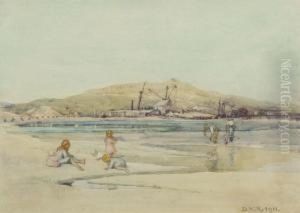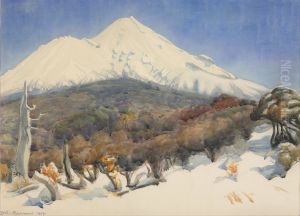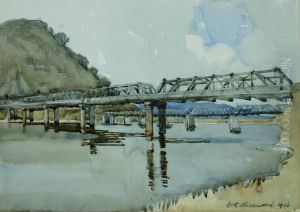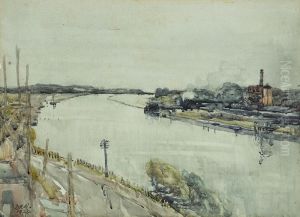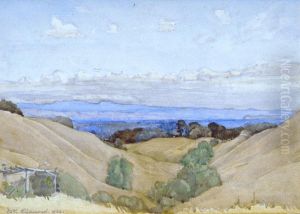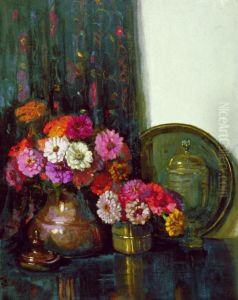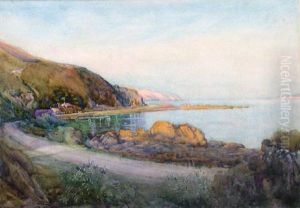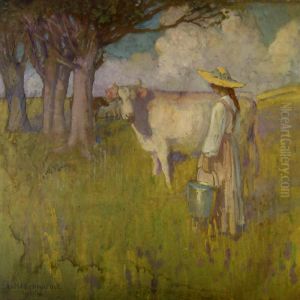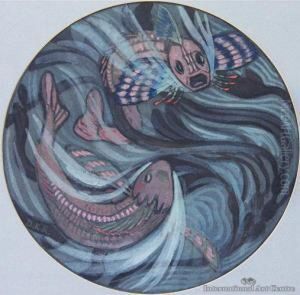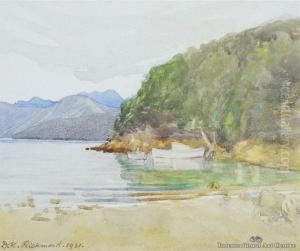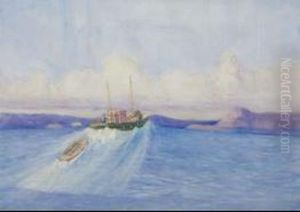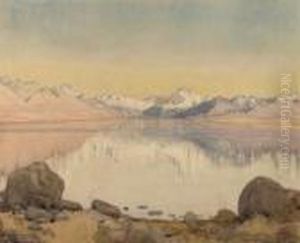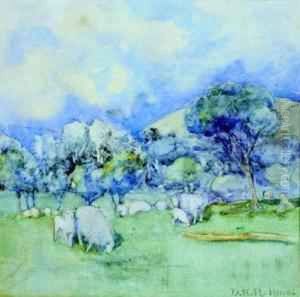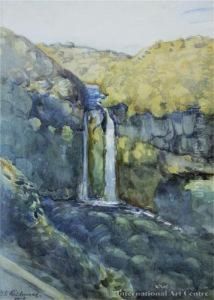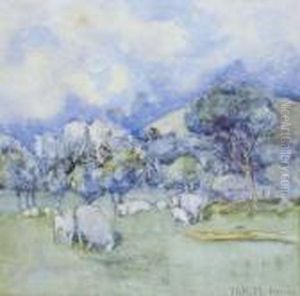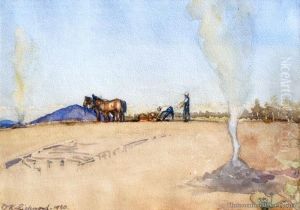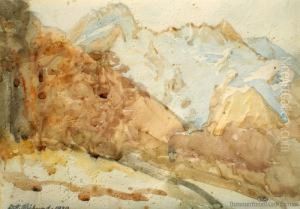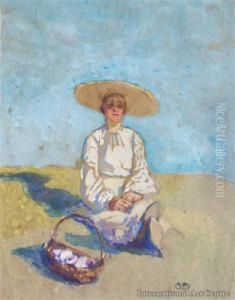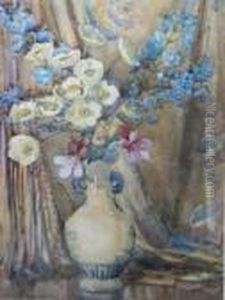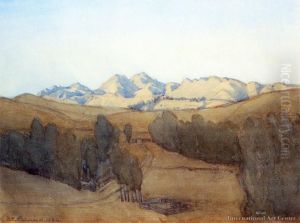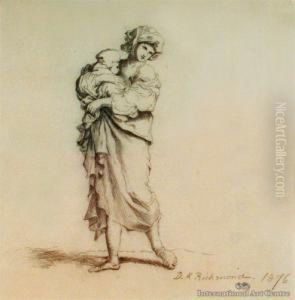Dorothy Kate Richmond Paintings
Dorothy Kate Richmond, born in 1861 in New Zealand, was a notable figure in the realm of New Zealand art, particularly recognized for her contributions as a watercolourist and art teacher. Her journey in the arts began under the tutelage of her father, James Crowe Richmond, who was also an artist. This early exposure to the artistic world deeply influenced her, setting the stage for a lifetime dedicated to art.
In her formative years, Dorothy further honed her skills by studying abroad, which was a significant step for a woman of her time. She spent time in England and Europe in the late 19th century, a period that allowed her to immerse herself in the rich artistic cultures of the continent. It was during these years that she encountered and absorbed the influences that would shape her distinctive style. Her studies included time at the Slade School of Fine Art in London, a prestigious institution that played a pivotal role in her development as an artist.
Upon returning to New Zealand, Dorothy Kate Richmond took on a pivotal role in the artistic community, not just as an artist but also as an educator. She taught at the Wellington Technical College, where she influenced a generation of New Zealand artists. Her teaching extended beyond the confines of the college, as she also tutored privately, mentoring many young artists who would go on to contribute significantly to the New Zealand art scene.
Richmond's artistry was primarily expressed through her watercolours, a medium in which she excelled. Her works often depicted the New Zealand landscape, capturing its unique light and vibrant colours with a delicate touch that was both refined and expressive. Her landscapes, still lifes, and portraits are celebrated for their sensitivity and technical skill, contributing significantly to the visual representation of New Zealand's natural beauty and cultural identity.
Despite her achievements, Dorothy Kate Richmond remains a somewhat under-recognized figure in the broader scope of art history. However, her contributions to New Zealand art, particularly through her role as an educator and her exquisite watercolours, have left a lasting legacy. She passed away in 1935, but her work continues to be celebrated and studied, offering insight into the evolution of New Zealand's artistic landscape and the pivotal role women played in its development.
